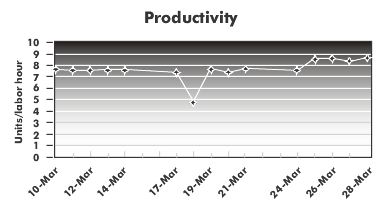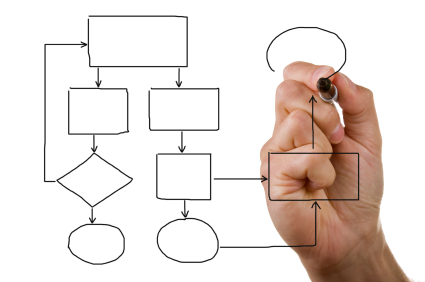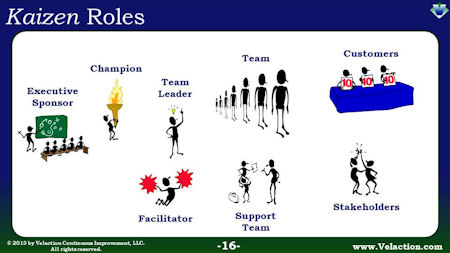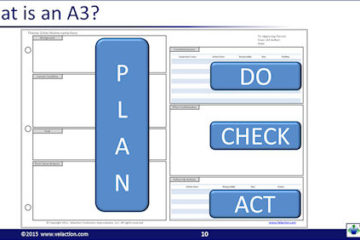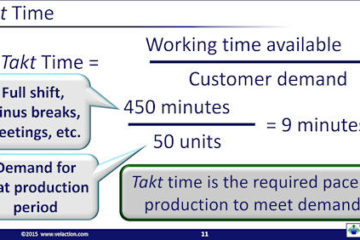Drum-Buffer-Rope
Drum-Buffer-Rope is a production theory derived by Dr. Eli Goldratt in his book, The Goal. In it, he advocates production according to the pace set by a single machine (the drum) with linked production (the rope). He also promotes keeping a buffer in front of the machine that acts as Read more…
